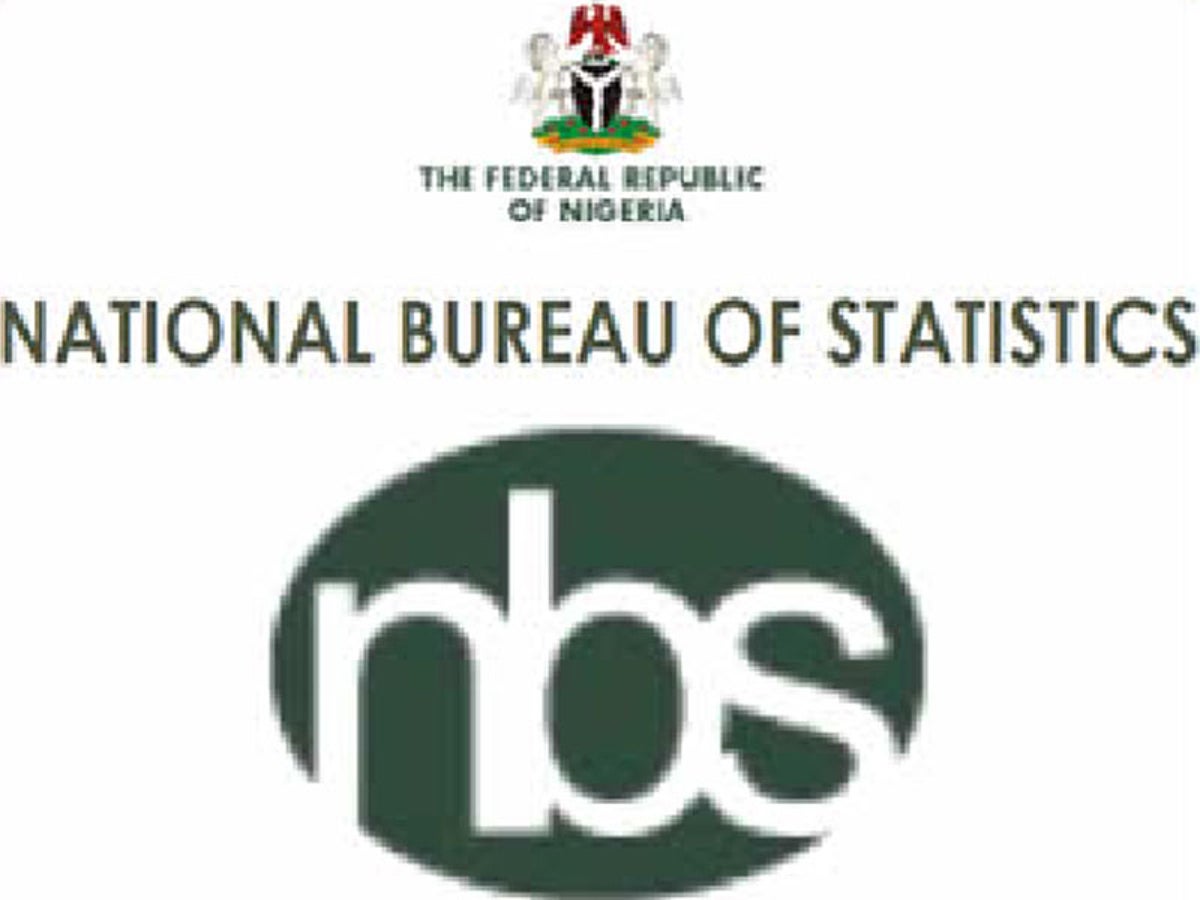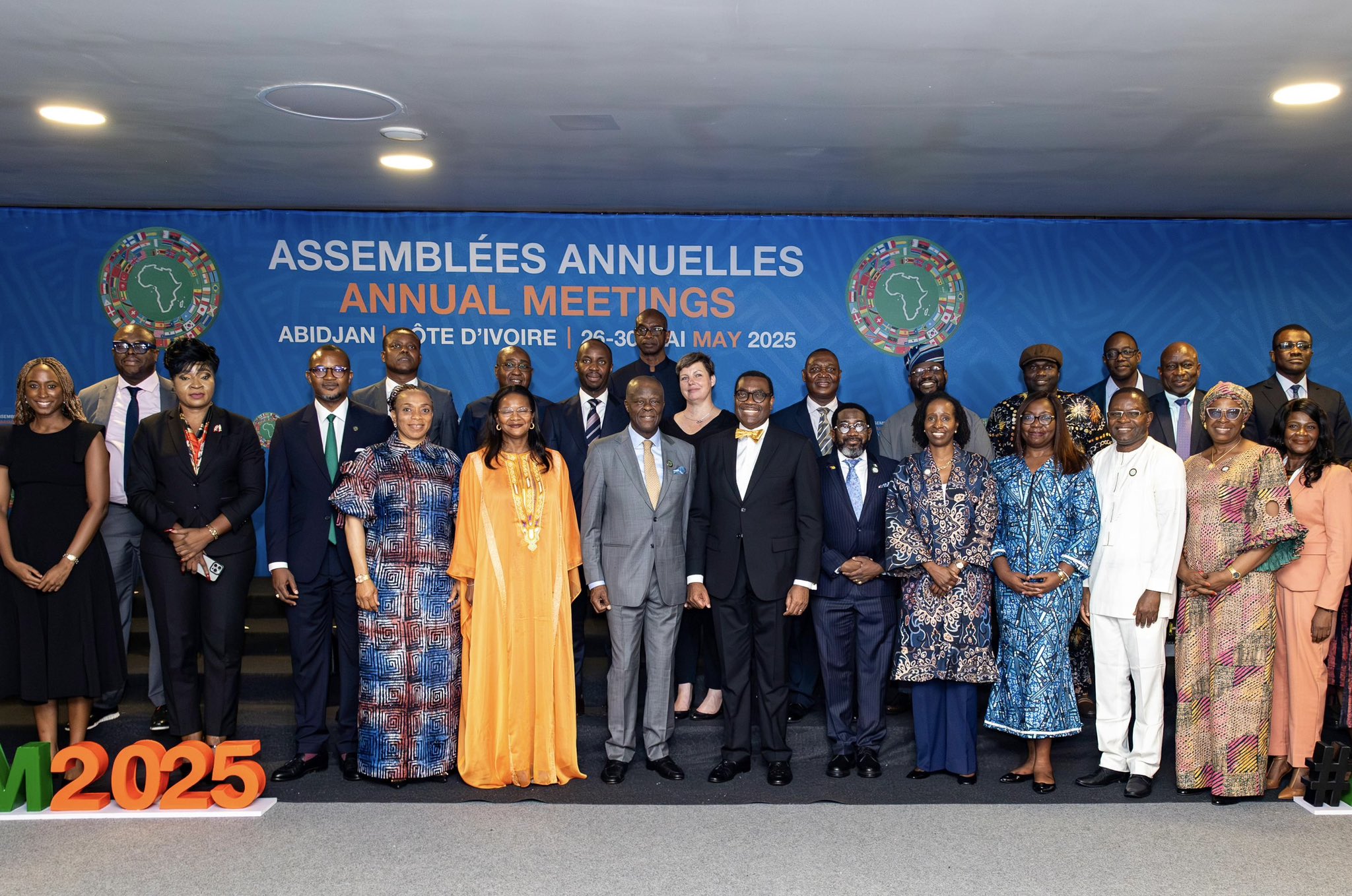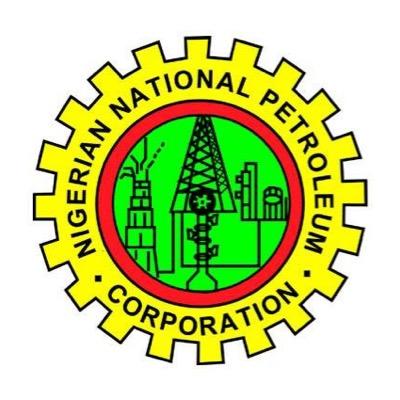Nigeria’s June Inflation Decline Amidst Uptick In Food, Core Inflation

Latest data from the National Bureau of Statistics (NBS) on Consumer Price Index (CPI) released on Wednesday, 16 July 2025 shows that the CPI which measures inflation rate in the country eased by 75 basis points (75bps) to settle at 22.22% year-on-year (y/y) in June, from 22.97% reported in the previous month (May).
When analysed against comparative data reported a year ago (June 2024: 34.19%), the headline inflation rate witnessed a significant deceleration of 11.97% points, however, it was significantly supported by the rebased methodology adopted in January 2025 to reflect the country’s current consumption patterns.

Source: NBS-CPI Data,
However, on a month-on-month (m/m) basis, the headline inflation rate witnessed an upward pressure, rising by 15bps to settle at 1.68%, compared to 1.53% reported in May. This fed from weakened harvest and short supply of produced food items amid unabated insecurity challenges in the food producing parts of the country, particularly, the north-east states. This helped push upward the m/m food inflation reading.

Source: NBS-CPI Data,
A further analysis of the CPI by its classifications (food and core inflations) showed that the food inflation spiked upward by 83bps to 21.97% in June, compared to 21.14% posted in May. This is an obvious deviation from the prior five months, where we witnessed consistent downward movement in the rate reading. On a m/m basis, the food sub-index equally spiked upward by 107bps to 3.25%, compared to 2.19% in the prior month. According to the NBS, the y/y upward pressure in food inflation was primarily driven by food and non-alcoholic beverages category, where prices in the marketplace spiked upward by 8.89%, the highest among the thirteen (13) divisions of the CPI.
Likewise, the Core inflation (which excludes the prices of volatile agricultural produces and energy) spiked upward by 48bps to 22.76% y/y in June, from 22.28% in the prior month. On m/m, the core inflation rose significantly by 136bps to 2.46%, from 1.10% posted in May. Markedly, the re-emergence of upward pressure in the core index could be chiefly attributable to the price upticks in imported food items (+2.6% m/m), transportation costs (+2.0%), information and communication costs (+2.7%), insurance and financial services costs (+1.5%), and furniture, household, and equipment costs (+1.6%).

Source: NBS-CPI Data,
Notwithstanding the uptick in pump prices of Petroleum Motor Spirit (PMS) in retail stations across the country in June (following increased in global oil prices, influenced by events in the Middle East), NBS data showed that energy index eased by 11.0% m/m, compared to 0.43% decline witnessed in the prior month. However, the upward pressure on the PMS had a significant impact on transportation, information and communication, insurance and financial costs, among others as highlighted in the previous paragraph.
For context, Dangote refinery increased its ex-depot price in June from ₦825 to ₦880. MRS (one of the major retail marketers raised its pump price in Lagos from N885 to ₦925. MRS also increased prices across the regions as follows: south-west to ₦935, north-east to ₦955, north-west and central to ₦945, and south-south and east to ₦955.
Brief on States’ Inflation rates
At the state level, inflationary trends remained divergent. According to the NBS, headline inflation rate on y/y basis was highest in Bornu at 31.63%. It was followed by Abuja at 26.91%, and Benue at 25.91%. Meanwhile, Zamfara emerged the state with the lowest inflation rate at 9.90% y/y. It was immediately followed by Yobe at 13.51%, and Sokoto at 15.78%. These readings are rather intriguing, noting that the theatre of reoccurring insecurity crises are some of the states highlighted above.
Note: that household baskets vary across states due to different consumption patterns, making inter-state comparisons of inflation numbers misleading and inadvisable.
Expectations at July’s MPC meeting
At the next Central Bank of Nigeria’s (CBN) Monetary Policy Committee (MPC) meeting scheduled to hold next week, 21st and 2nd of July 2025, we imagine that this recent development in the aggregate price index will be a major topic and a guide to policy decision by the committee. In addition, the relative stability in the foreign exchange (FX) market and positive macro data development will be additional optimistic emphasis by committee. Note: The Naira at FX segment appreciated by +3.56% m/m in June to settle at ₦1,529.71/$1. Notwithstanding the decline witnessed by the headline inflation index, the upward pressure in the food and core inflation rates, particularly, the m/m will be a major concern to the committee.
Acknowledging the committee stance on Monetary Policy management, anchored on price stability and managing inflationary pressures, we imagine the committee will maintain status quo on rates across board in the upcoming meeting.
Inflation outlook for July 2025
Based on current upward pressure on food inflation amid growing insecurity in the food producing states, especially the north-east, leading to lean market supply, we expect price pressure in the marketplace to persist. For the core inflation, amid efforts on global trade deals and relative stability in the FX segment, we expect a cool off on the upward pressure. However, due to the expected impact of rising price pressure on food inflation, which appears to be severe, we imagine that July inflation will tip southward (increase) between 45 to 50bps of June’s position.





